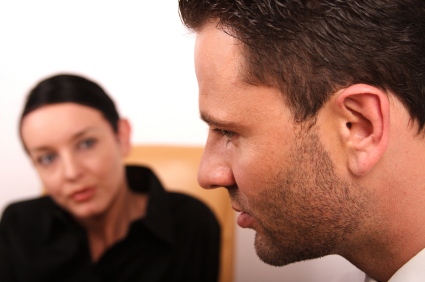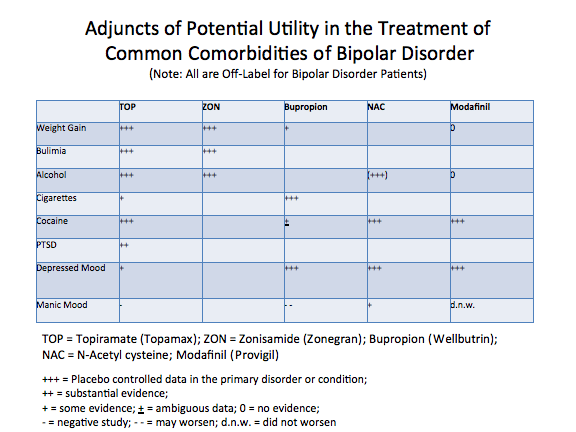Preventing Recurrent Mood Episodes
Psychotherapy and psychoeducational approaches, long-term psychopharmacology, and combination therapy all play a role in preventing recurrent mood episodes.
Psychotherapeutic and Psychoeducational Approaches Are Critical
A number of studies presented at the 4th Biennial Conference of the International Society for Bipolar Disorders in Sao Paulo, Brazil in March indicated that cognitive-behavioral therapy (CBT) and individual and group psychoeducational approaches enhance both short- and long-term outcomes for patients with bipolar illness. These studies add to an already substantial literature that shows that focused psychotherapies (such as cognitive/behavioral, interpersonal, and social rhythms therapies) and psychoeducation are superior to treatment as usual.
These therapies can provide a variety of approaches to stress management and reduction, and can enhance family and interpersonal communication. Another way these focused psychotherapeutic approaches help patients is by demonstrating the benefits of effective long-term preventive treatment and encouraging its consistent use.
Without consistent prophylactic treatment, patients are at high risk for recurrences and their subsequent psychosocial and neurobiological consequences. Greater number of prior episodes is associated with an increased risk of psychosocial dysfunction, treatment resistance, cognitive dysfunction, medical comorbidities, and even dementia in old age.
After the jump: preventive psychopharmacology and combination therapy.
The role of preventive psychopharmacology
Long-term preventive psychopharmacology typically involves mood stabilizers (lithium, valproate, carbamazepine, and lamotrigine) or an atypical antipsychotic. For example, the atypical antipsychotic quetiapine (Seroquel) is FDA-approved as an adjunct to lithium or valproate for preventing both manic and depressive episodes, which it does with a high degree of clinical and statistical significance. Moreover, there are new data that monotherapy with quetiapine also has the ability to reduce both manic and depressive episodes. Thus, quetiapine has a broad spectrum of efficacy; it not only treats acute episodes of mania and bipolar depression, but also prevents recurrences of both types of episodes. Virtually all of the other atypicals also have shown acute and long-term adjunctive efficacy compared with mood stabilizers used alone.
Quetiapine has also just been FDA-approved for adjunctive use in unipolar depression when patients do not achieve an adequate response on traditional unimodal antidepressants such as serotonin-selective reuptake inhibitors (SSRIs), serotonin/norepinephrine reuptake inhibitors (SNRIs), or dopamine-active agents such as bupropion. The only other atypical antipsychotic that is FDA-approved for adjunctive use in unipolar depression is aripiprazole (Abilify).
Complex combination therapy typically needed for long-term remission
Treatment with only one of the effective agents noted above is often insufficient to bring bipolar patients to a complete remission and to maintain it once it is achieved. Combination therapy and at times complex combination therapies are increasingly being used to maintain a long-term remission. Some authorities in the field, such as Paul Grof in Canada and Muller Oerlinghausen in Germany, continue to emphasize the use of monotherapy, particularly lithium monotherapy, in the treatment of bipolar patients. However, in the US, multiple investigators and academic institutions have found that monotherapy with lithium or other agents is rarely sufficient to achieve the desired goals, and combinations of mood stabilizers and/or atypical antipsychotics are often needed to achieve adequate treatment outcomes.
In the Bipolar Collaborative Network, we found that an average of three medications and 1.5 years of treatment revisions were required in order to achieve excellent mood stabilization for at least six months in outpatients who entered the Network in an ill state. While lithium and valproate were the agents most often associated with these successful long-term treatment regimens, other mood stabilizers, atypical antipsychotics, adjunctive antidepressants, and thyroid augmentation were often used as well. The need for complicated treatment regimens is further driven by the high rates of Axis I comorbidities that very often accompany bipolar disorder, such as anxiety disorders and alcohol or substance abuse. See Table:
Comments
Leave a Reply



